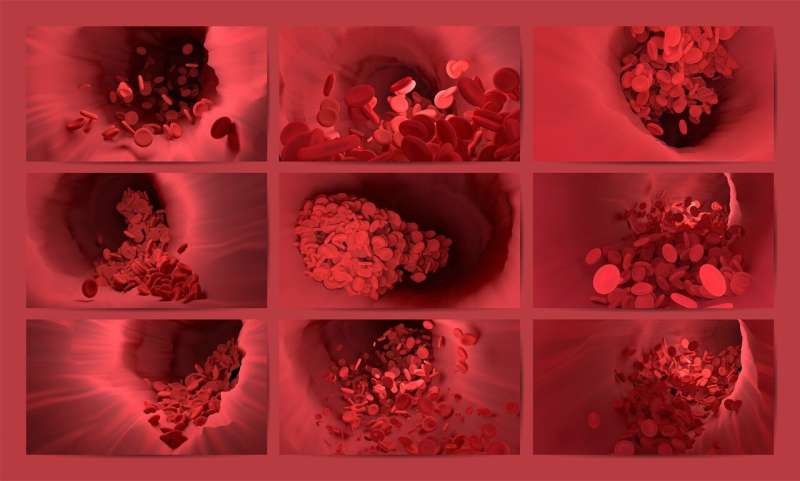Most Online Images Fail to Show Correct Blood Pressure Measurement Techniques

A groundbreaking study finds that only 1 in 7 online images accurately depict proper blood pressure measurement techniques, risking widespread misinformation and health risks. Learn why correct visuals matter for hypertension management.
A recent study reveals that only about 1 in 7 images available online accurately depict the proper method for measuring blood pressure. This is concerning because visual representations greatly influence public understanding of health procedures, and inaccurate images might lead to incorrect blood pressure readings at home or in clinical settings.
The research, published in the journal Hypertension, systematically evaluated over 1,100 images from major stock photo sites. These images were reviewed against the 2023 International Consensus on Standardized Clinic Blood Pressure Measurement guidelines. Surprisingly, only 14% of these images correctly demonstrated all essential procedures.
Key errors included: neglecting to support the patient's back (73%), improper arm positioning on a flat surface (55%), use of manual self-pumping devices instead of automated ones (52%), feet not flat on the floor (36%), and measurement taken while talking (23%). Also, blood pressure cuffs placed over clothing (12%) and incorrect arm levels (19%) were common errors. Notably, images depicting home blood pressure monitoring were six times more likely to demonstrate correct techniques compared to images in healthcare facilities.
These inaccuracies pose significant risks, as people tend to remember images better than words—known as the picture-superiority effect—potentially leading to widespread misconceptions about proper blood pressure measurement. Inaccurate readings can result in misdiagnosis, over-treatment, or under-treatment of hypertension.
The study highlights the importance of accurate visual content in medical education and public health messaging. Healthcare organizations, media outlets, and stock photo providers are urged to review and improve their images to ensure they accurately reflect established guidelines. Proper technique involves supporting the back, resting the entire arm on a flat surface at heart level, avoiding talking during measurement, and using correctly fitted, bare-arm cuffs.
With nearly half of U.S. adults affected by high blood pressure, correct blood pressure monitoring is critical. Accurate images can help reinforce proper techniques and prevent errors that might contribute to health complications. Resources are available from the American Heart Association to educate on correct blood pressure measurement practices.
By promoting the use of correct images and emphasizing proper techniques, we can help improve blood pressure measurement accuracy, ultimately supporting better hypertension management and cardiovascular health.
Stay Updated with Mia's Feed
Get the latest health & wellness insights delivered straight to your inbox.
Related Articles
Start of Ebola Vaccination Campaign in Southern Congo
Vaccination has begun in southern Congo to combat a recent Ebola outbreak with over 68 suspected cases and 16 fatalities. The WHO is deploying vaccines and addressing access challenges to control the virus.
FDA Approves Moderna's New Lower-Dose COVID-19 Vaccine
The FDA has approved Moderna’s new lower-dose COVID-19 vaccine, mNexspike, offering tailored protection for high-risk populations. Learn more about this innovative development in COVID-19 immunization.
Phase I Study Shows Topical PXS-6302 Is Safe and Tolerable for Skin Scar Treatment
A Phase I trial shows that topical PXS-6302 is safe and well tolerated for treating established skin scars, with promising biochemical effects indicating potential for scar remodeling.



